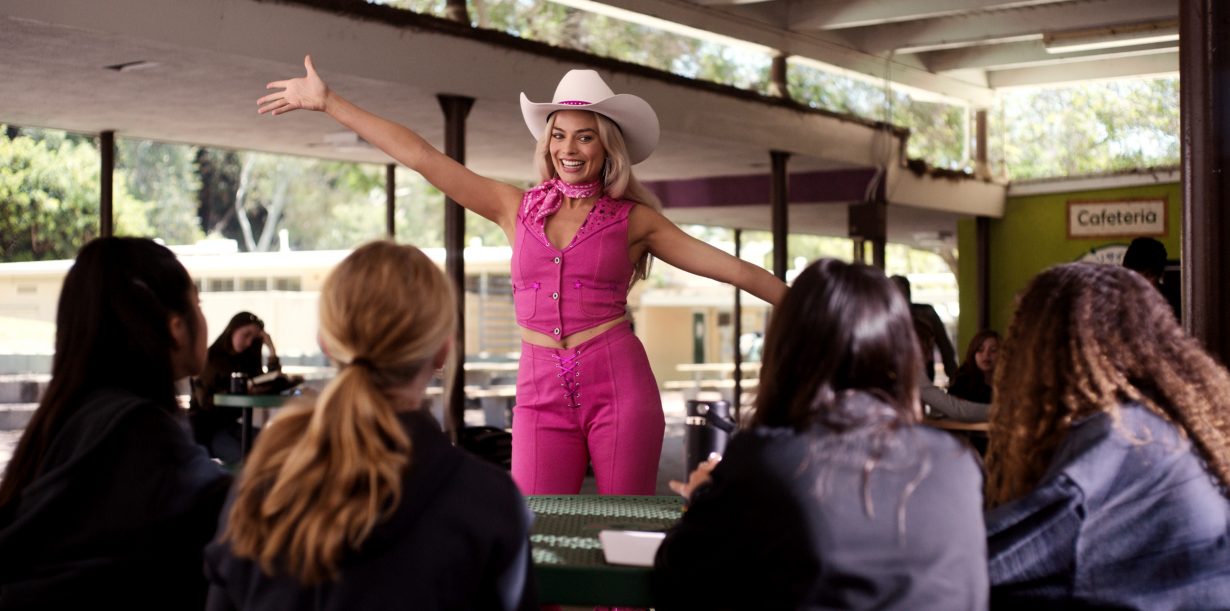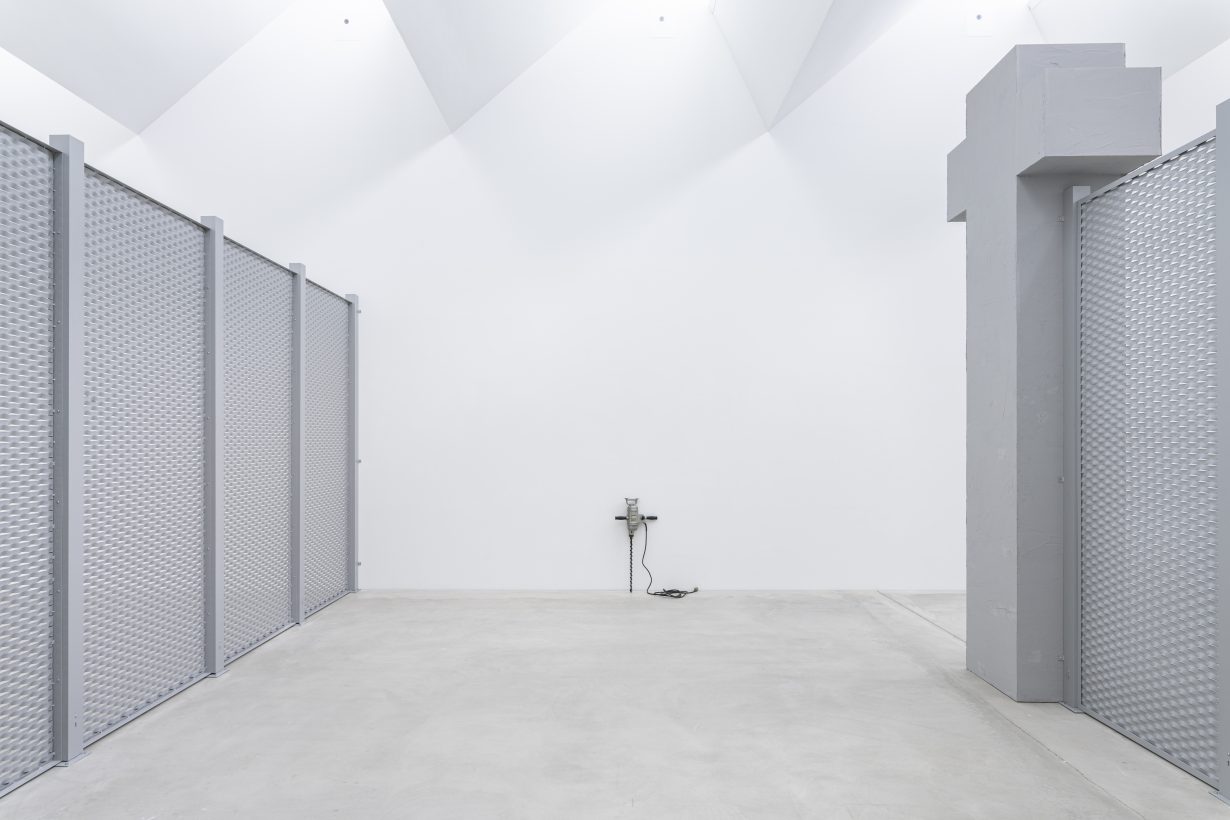If there is a class consciousness in art, then it is to be found in work that urges us to not just look
Having written a book a few years ago that dealt in the subject of class – a word that could have easily been replaced with any number of related terms or synonyms, like inequality or exploitation – in the context of art, it seems to surprise people that I am not automatically interested in depictions of hardship or poverty. This isn’t down to disinterest, or a desire to gloss over the harsh realities of working people. It is because, divorced from politics and without offering the very deliberate conditions that have led to its creation, portrayals of the working class have a way of naturalising the phenomenon: of making it seem unavoidable and merely sad.
Worse than that, though, it is unethical to make intimate documentations of working-class life that are then sold to high-net-worth individuals as part of elaborate tax-avoidance schemes. All artists to some degree will have to engage with this, but there are those who do so rarely and with reluctance, and those who gleefully cultivate their own reduction to objet. Artists who participate in the latter might soothe themselves with the thought that their presence on the art scene amounts to something, but not if it is used repeatedly as propaganda to launder the reputations, and consciences, of the most powerful. The dynamic is extractive, positioning the artist’s career and bank balance, as well as the collector’s portfolio, above the sovereignty of the community. But it also serves to reinforce the delusion of class as a problem of representation, rather than a structural and economic oppression.
The revival of figurative painting in recent years, brought on by artists like Peter Doig and ushered further by his disciples, indicates a return to empiricism in art, of the supreme status of the eye and its homophones, and it is also partly responsible for the tendencies described here. That creativity should be unbridled from material conditions is an argument that has always felt decadent to me and flimsy, but also inaccurate in its assumption that there was ever an art movement that was; or that creativity is something absolute, as opposed to being continually redefined by circumstance. When so much of life is dominated by visual information and screens, trusting the eye at all seems perilous and bad. But worse than that, the figurative art that has been popular in recent years, by virtue of focusing on effects rather than causes, and despite whatever intended critique there might be of American consumerism, Hollywood greed and mass-production, nevertheless seems to ridicule the working person and their desires.
I am thinking specifically of work by artists such as Issy Wood and Joseph Yaeger whose postcinematic and advertising hellscapes are tempting, but also prickle with judgement for those of us who grew up inside of that reality. In the wake of the (bad) Barbie film released earlier this year, I read endless social-media posts and blogs about the consumer demand for plastics from the 1950s onwards – that word ‘demand’ conveniently erasing the postwar economic conditions that cheapened desire and made it possible, perhaps even necessary, for billions of people to retreat into the mass-produced and synthetic. It is not preference that dictates consumption, even if the wealthy, who are seldom driven out of necessity, can never imagine such a thing. Cheap, fast consumerism is the only available source of joy to people robbed of time, freedom and choice, and to have those objects of desire ridiculed and mocked in the space of the gallery, is too easy, too low: the pitiful and grotty demand for cheap goods as the symptom of a sick society in perpetual decline? It’s scornful.

If there is a class consciousness in art, then it is to be found in work that urges us to not just look. It is work that challenges the gaze in order to make us question the power structures that determine our fate; the artists who make evident the systems that allow for inequality to persist; and the norms that are used to justify the alienation of some, and the acceptance of others. It is work that understands that class is not a distinct phenomenon that can ever be reduced to spectacle, but a scheme in which we live, its permutations far more complex and far-reaching, making all of us complicit, than the cluttered interior of a council house or a flat-roof pub.
This work does not need to be confined to one tradition or form, and there are practitioners spanning performance, installation, new materialism, minimalist sculpture and film who all contribute on this front. Artists such as Pilvi Takala and Sung Tieu, who are not so concerned with matters of depiction and inclusion as with challenging the social contract, are two that spring to mind. Takala’s work often centres on her participation in various forms of state control and surveillance, whose latent absurdities are exposed in wry performances captured on film. Close Watch (2022) is a dramatised reenactment of conversations and interactions Takala had while working undercover for a private security firm, in which the casual discrimination of people interacting in ostensibly public spaces is made vivid through the artist’s, and her fellow actor’s, deadpan delivery. That would be fine and somewhat interesting, but where Takala’s genius reveals itself is in the reluctance to cast aspersions, and instead focus on the ethical crises faced by people under the imperatives of employment. No one wants to be surveilled and no one wants to work for a security firm, but the necessity of earning makes both a reality, transforming otherwise innocent people into complicit agents of an ideology that jars with their most deeply held beliefs.

In The Trainee (2008), Takala poses as a research student on placement in the offices of a marketing company. For the duration of her placement, Takala conducts what she calls ‘brain work’, sitting at an empty desk and staring absently across the room for hours on end, or riding the elevator for whole days at a time, prompting concern, and even fear, among her colleagues, the male contingent of which seems to also sexualise, as well as question, her behaviour. It is a film about the working person in corporate environments, which sanction only a very limited range of behaviour. All around her sit people staring aimlessly at screens and twiddling their thumbs, their productivity limited, and yet it is the pretence of work that seems to matter most, as Takala’s own uselessness, by wearing itself vividly and without apology, is the only one to raise alarm.
Very different, but equally revelatory, Sung Tieu is an artist of the dispossessed and those trapped in a permanent and dehumanising web of state apparatus and bureaucracy. In a current exhibition at the Kunst Museum Winterthur is 4710 × 3410 (2023), comprising several cuboid sculptures that amount to the volume of furniture that was contained in the apartment in which Tieu was raised, forming part of a GDR housing complex for Vietnamese contract workers. Unlike that furniture, however, the sculptures here are faceless and constructed from cheap laminated wood – that familiar symbol of impermanence and the make-do practicality that is all-too-familiar to the poor, the alienated and the displaced.
The effect is cold and impenetrable, much like Tieu’s many other installations that not only mirror the sterile, professionalised brutality of the immigration or job centre, for example, but also externalise the disquiet felt by those who endure it. Here everything is familiar but slightly off: a solitary, unpadded waiting-room stool; endless forms that contain no information and are instead blank; floorplans and architectural models for unnavigable spaces.
Is the difference clear yet, between that which takes and that which inserts itself quietly in order to better understand? The former leads to the creation of artefacts, by which I mean objects depressingly void of meaning. The former declares itself in the proprietorial way of the capitalist. The latter, by reverse, moves stealthily to confuse and corrupt, making the world we might have occupied prior to encountering it unrecognisable.

I write about art not because I am an aesthete or a Time Out weekend gallery attendee, which seems like an obvious and crude thing to say but is worth repeating, given how often I encounter powerful people in the artworld who seem to think that this is the point. I write about art because I know that to upend the current system of capital will require a renegotiation of reality. That is what art means to me, not an act of self-expression or even creativity, to use the popular clichés, but the field of activity that is devoted to meaning. The present stage of capitalism is so abstracted – has dug its claws so deep into our bones as to dictate our dreams and desires – that any hope of challenging it begins with reassessing every assumption that we have. It is for these reasons that I have also just written a book about taste, which is a bourgeois preoccupation. There is good reason for this: those who occupy the political centre – those who lack the imagination to see beyond the very niche and perverse power relations that currently govern our fate – fixate instead on the childish matter of the good guys getting rich, as opposed to the bad (where good and bad are defined on their terms). In a world that is oversaturated with visual stimuli, that assessment has also become increasingly surface in nature, and goodness inferred by how far a person shares our own cultural and aesthetic sensibilities. Good taste, then, as a code of conduct that is dictated by the rich and the influential, rather than having any theoretical basis, is the aesthetic dimension to the act of assimilation and submission.
It is not the people in the painting whom we should be staring at, but the international art class who encourage this facile reading of the world – who fly into fair after fair, or parts of the world where materials, and indeed stories, are mined for private display purposes. The capitalists, in other words, and the authors of class oppression, whose decorative demands should not be shaping the course of art and which we can resist by disengaging from the artists and galleries who cater to it – by ‘we’, I mean those of us who write about and discuss art and ultimately decide its critical viability. The price of their actions after all, both narratively and environmentally, far outstrips that of any individual working person on low pay, who will also be left to face the harshest consequences when they inevitably occur.
Nathalie Olah’s latest book, Bad Taste: or The Politics of Ugliness, is published 9 November
